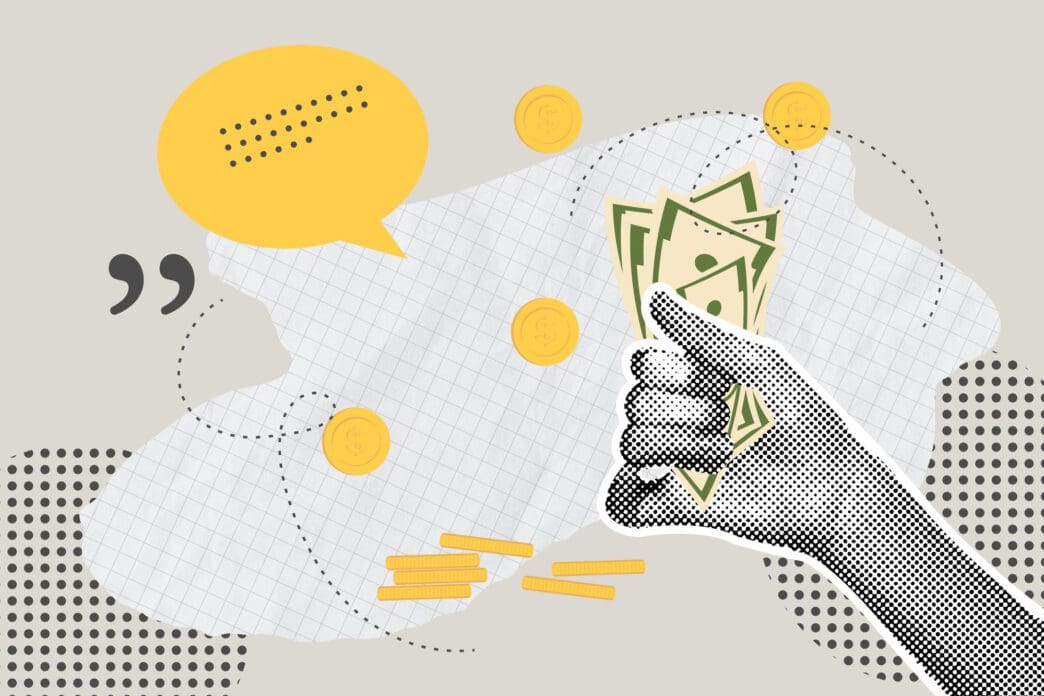Executive Summary
The Story So Far
Why This Matters
Who Thinks What?
The U.S. economy continues to exhibit unexpected resilience, marked by strong consumer spending and robust GDP growth, even as widespread negative consumer sentiment and rising inflation persist. Despite public dissatisfaction, recent data indicates Americans are maintaining their spending habits, driving economic expansion amid potential headwinds such as tariffs and a slowing job market.
Economic Performance vs. Public Perception
In August, consumer spending increased by 0.6%, a figure stronger than economists had anticipated, according to the Commerce Department. This growth mirrored a 0.6% rise in retail sales reported earlier in the month. Furthermore, a revised report for the second-quarter gross domestic product revealed the fastest growth rate in nearly two years, largely buoyed by robust consumer activity.
However, this economic strength contrasts sharply with public opinion. The University of Michigan’s consumer sentiment index fell to 55.1 in August, marking one of the lowest readings since 1952. This sentiment is influenced by continued price increases, with the annual inflation rate reaching 2.9% in August, the highest since January, as per Bureau of Labor Statistics data.
Factors Influencing the Economy
President Donald Trump’s trade policies, specifically new tariffs on drugs, furniture, trucks, and cabinets, are also contributing to inflationary pressures. Recent consumer price reports suggest these tariffs are partly responsible for the slow but steady rebound in inflation. Additionally, the U.S. labor market experienced a standstill in June, with the first job losses recorded since December 2020.
Despite these challenges, the Atlanta Fed’s GDPNow tool forecasts an annual economic expansion rate close to 4% for the current quarter. This projection highlights the economy’s ability to “hum along” despite a mix of slow hiring, rising prices, high interest rates, and low consumer confidence.
Understanding the Discrepancy
Economists attribute part of this paradox to “vibes,” a term used to describe consumer behavior during the post-pandemic inflation crisis where spending continued despite negative sentiment. Many Americans still benefit from pandemic-era savings and ultra-low mortgage rates, which help them manage increasing costs. Oren Klachkin, an economist at Nationwide Financial Markets, noted that “downbeat sentiment stands in stark contrast to encouraging hard data,” emphasizing the continued willingness of consumers to spend.
Another contributing factor is the “K-shaped” economy, where wealthier Americans continue to thrive while those with fewer resources face struggles. Federal Reserve Chair Jerome Powell acknowledged this bifurcation, stating that while spending might be skewed towards higher earners, “it’s spending,” and thus contributes to overall economic movement. Consumer spending accounts for over two-thirds of U.S. GDP, making its persistence crucial for economic stability.
Potential Headwinds
Despite current resilience, several warning signs suggest the economy could face future challenges. Hiring has been in a yearlong slump, with recent job gains falling below the level needed to keep pace with population growth. A surge in the Black unemployment rate could also precede broader layoffs.
A looming government shutdown poses another threat, particularly if the Trump administration proceeds with potential permanent eliminations of furloughed government jobs. Consumer spending may also moderate in the coming months, especially if sentiment continues to decline and households rein in discretionary purchases. Many Americans are increasingly relying on credit cards and buy-now-pay-later loans, leading to a decline in credit scores at the fastest pace since the Great Recession.
The stock market, while reaching record highs, is also showing signs of being overvalued relative to companies’ sales and profit expectations, raising concerns about a potential “AI-induced bubble.” Furthermore, tariffs continue to squeeze profit margins for wholesalers, suggesting that businesses may soon need to pass more of these costs onto consumers, potentially further impacting inflation.
The U.S. economy’s ability to withstand negative sentiment and various economic pressures largely hinges on sustained consumer spending. While this resilience is currently evident, the interplay of employment trends, trade policies, and consumer debt levels presents a complex outlook that could significantly influence the economy’s trajectory moving forward.








